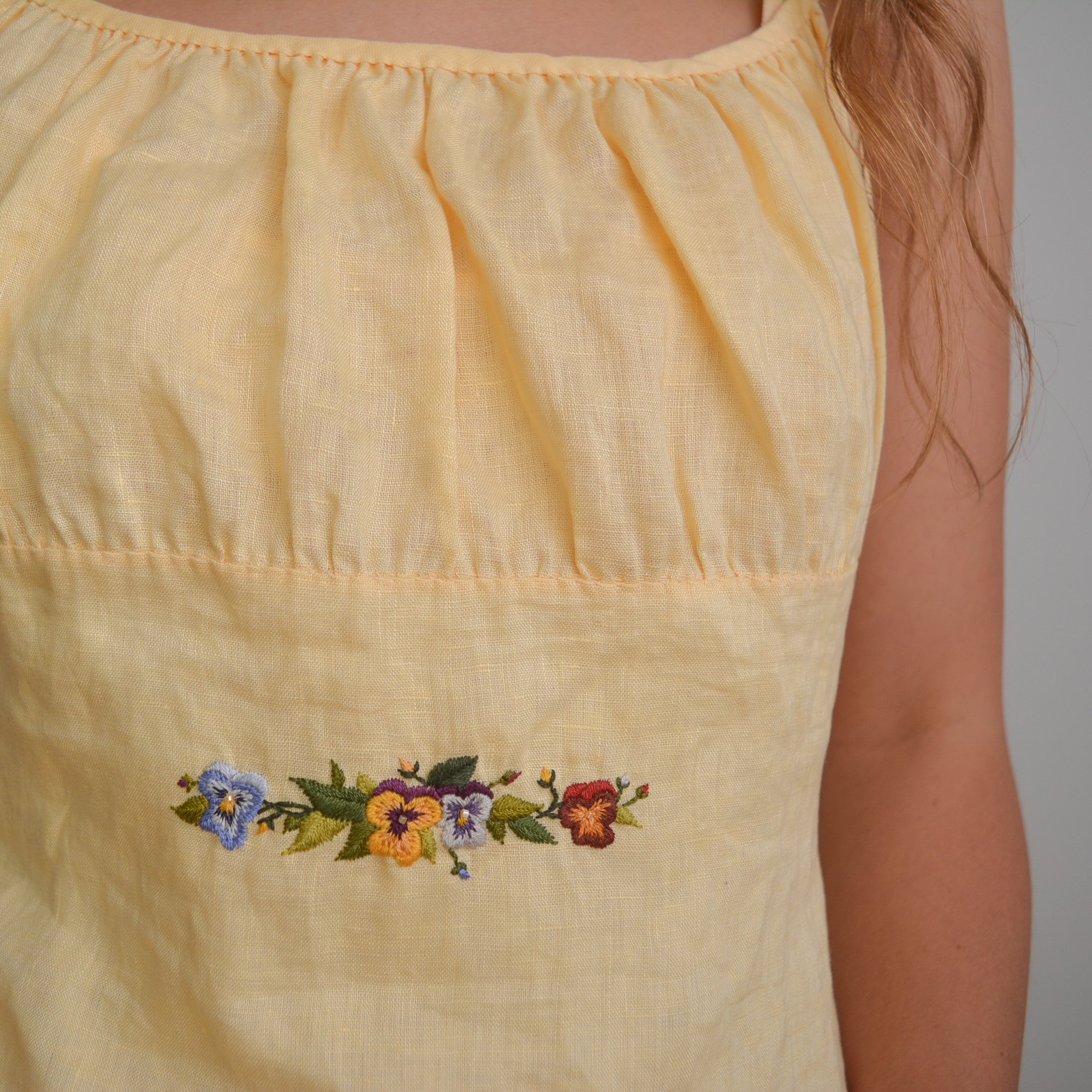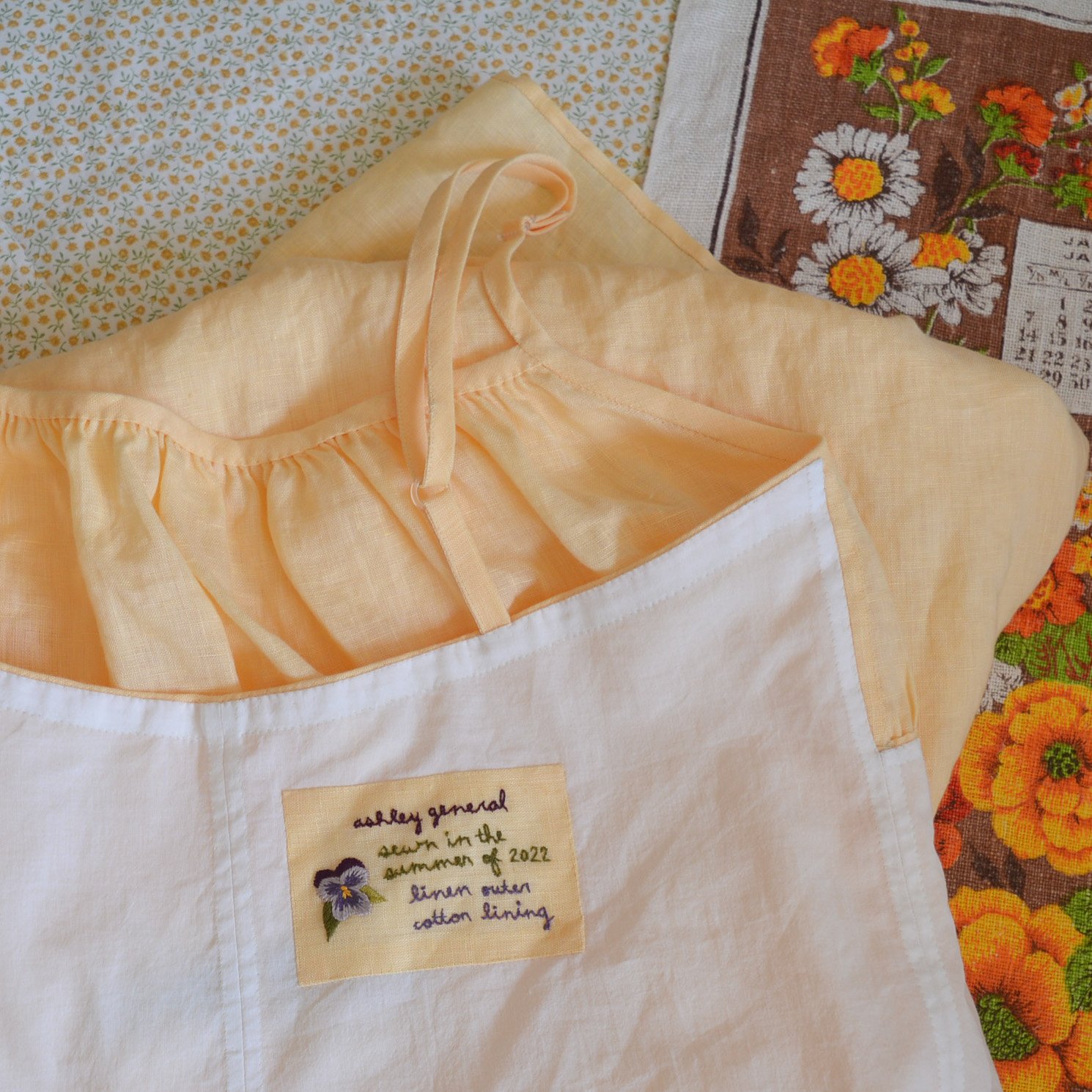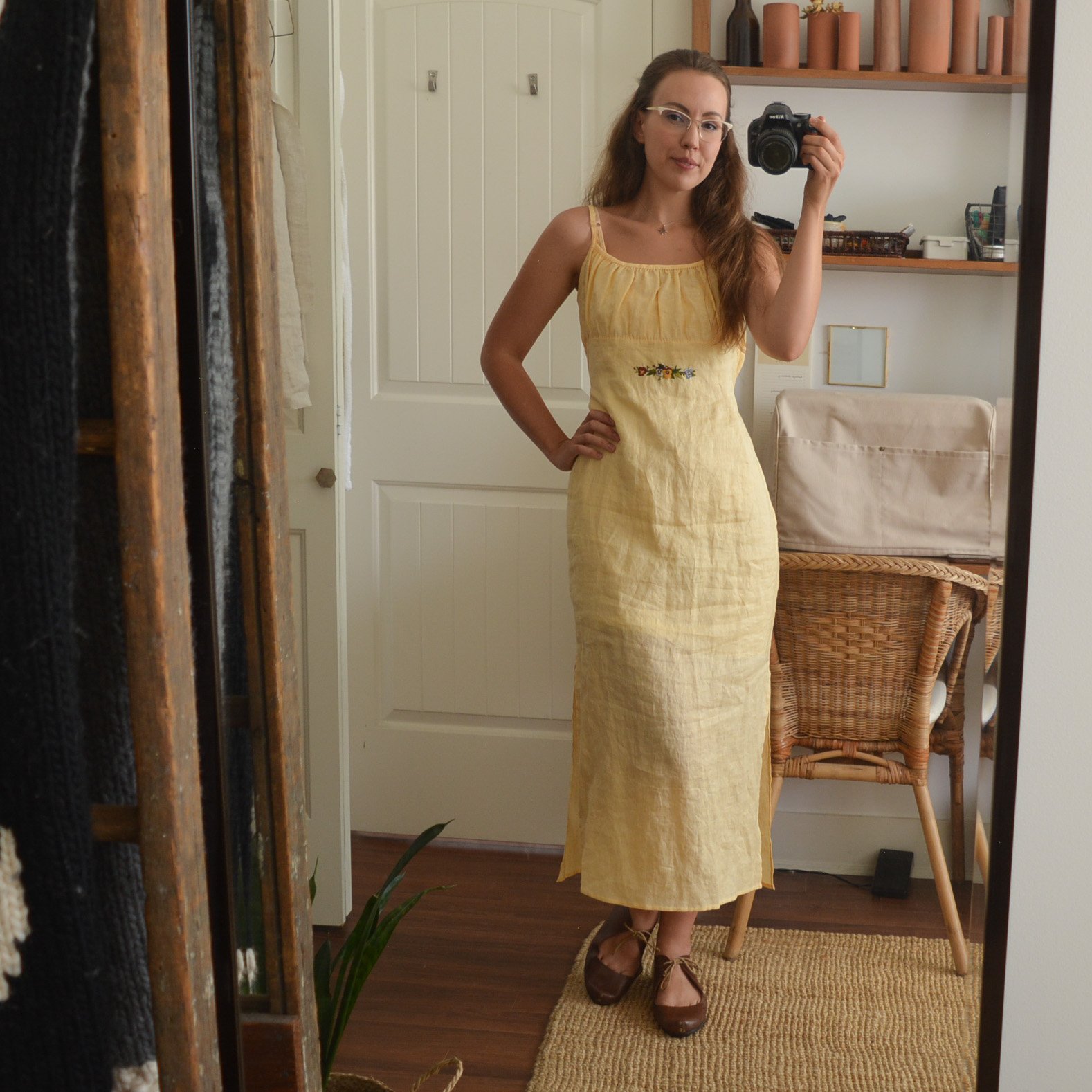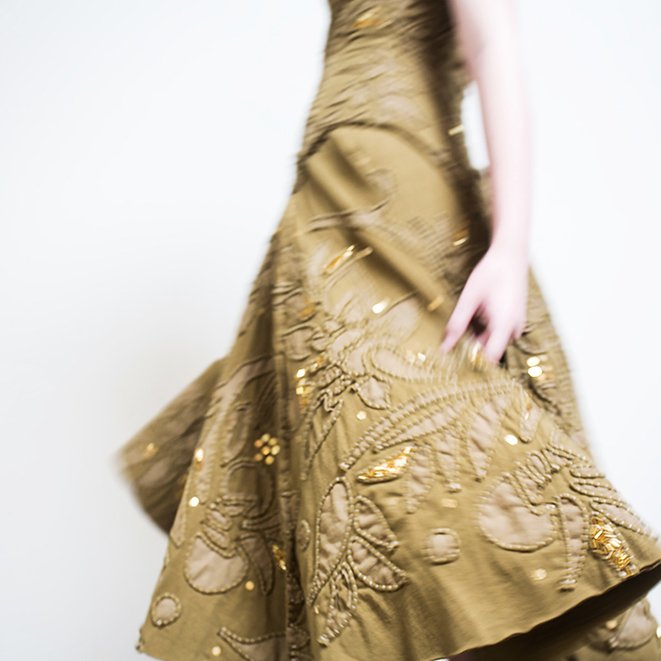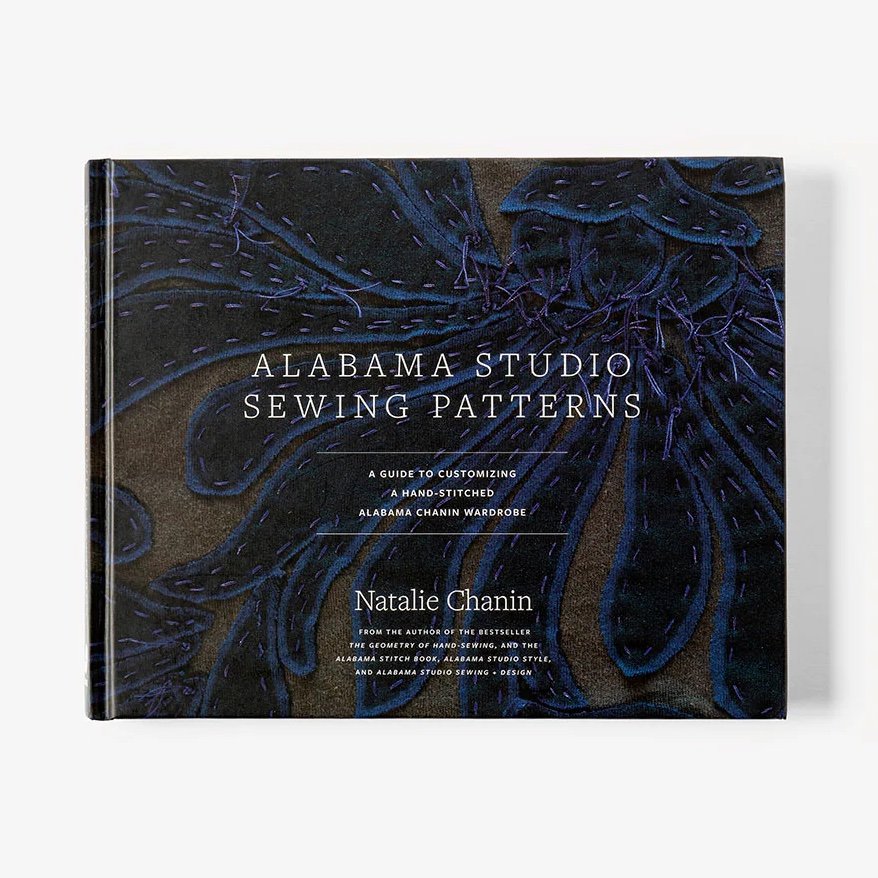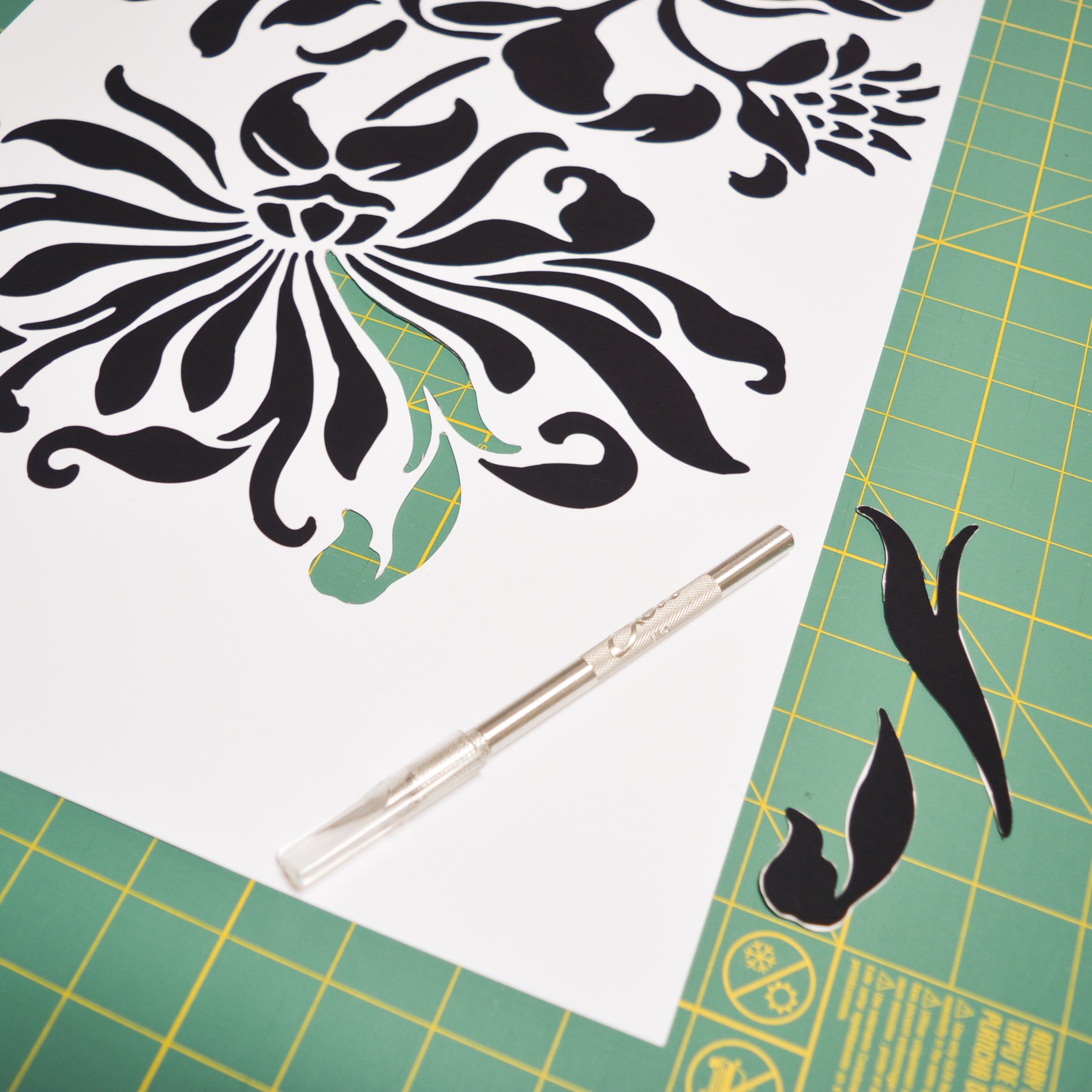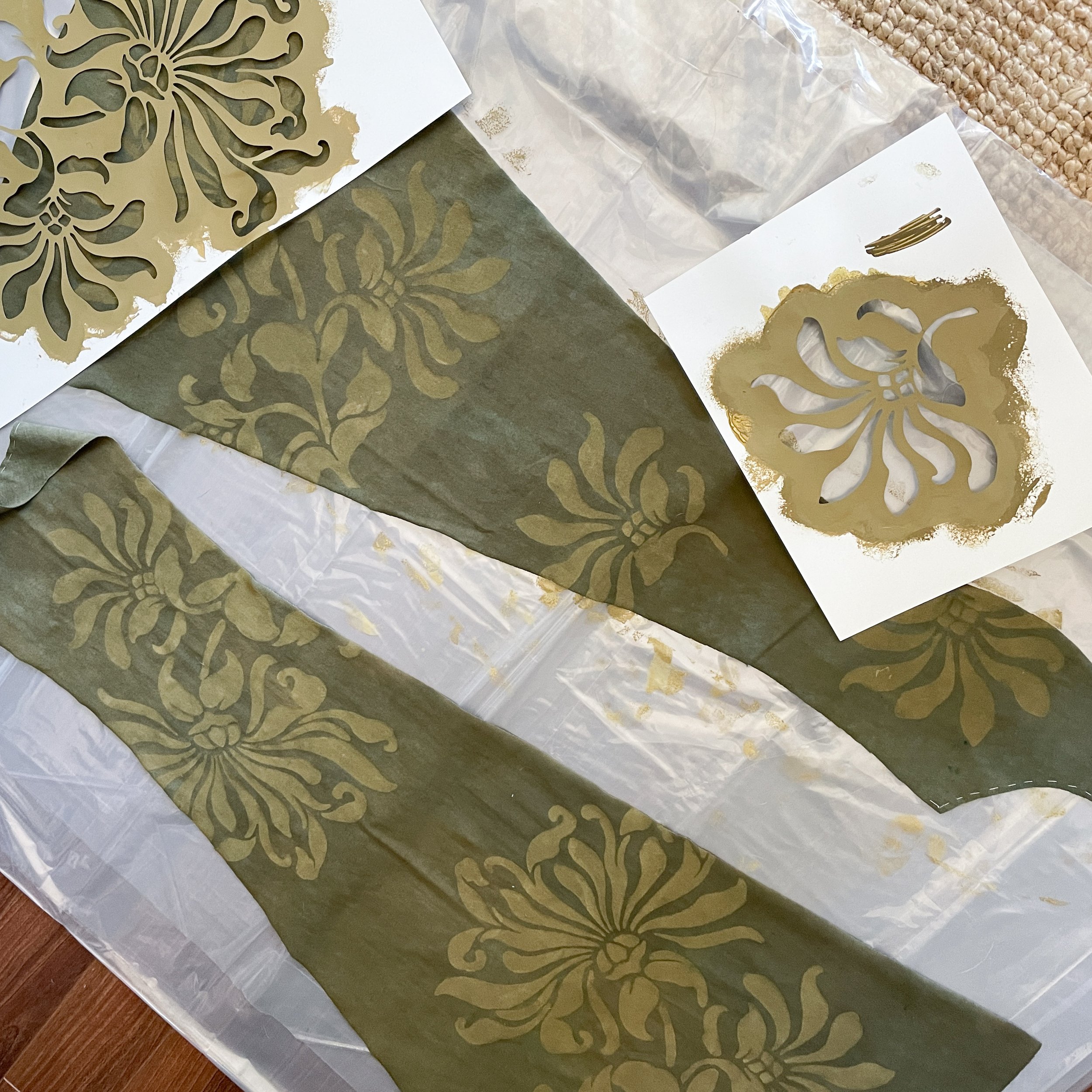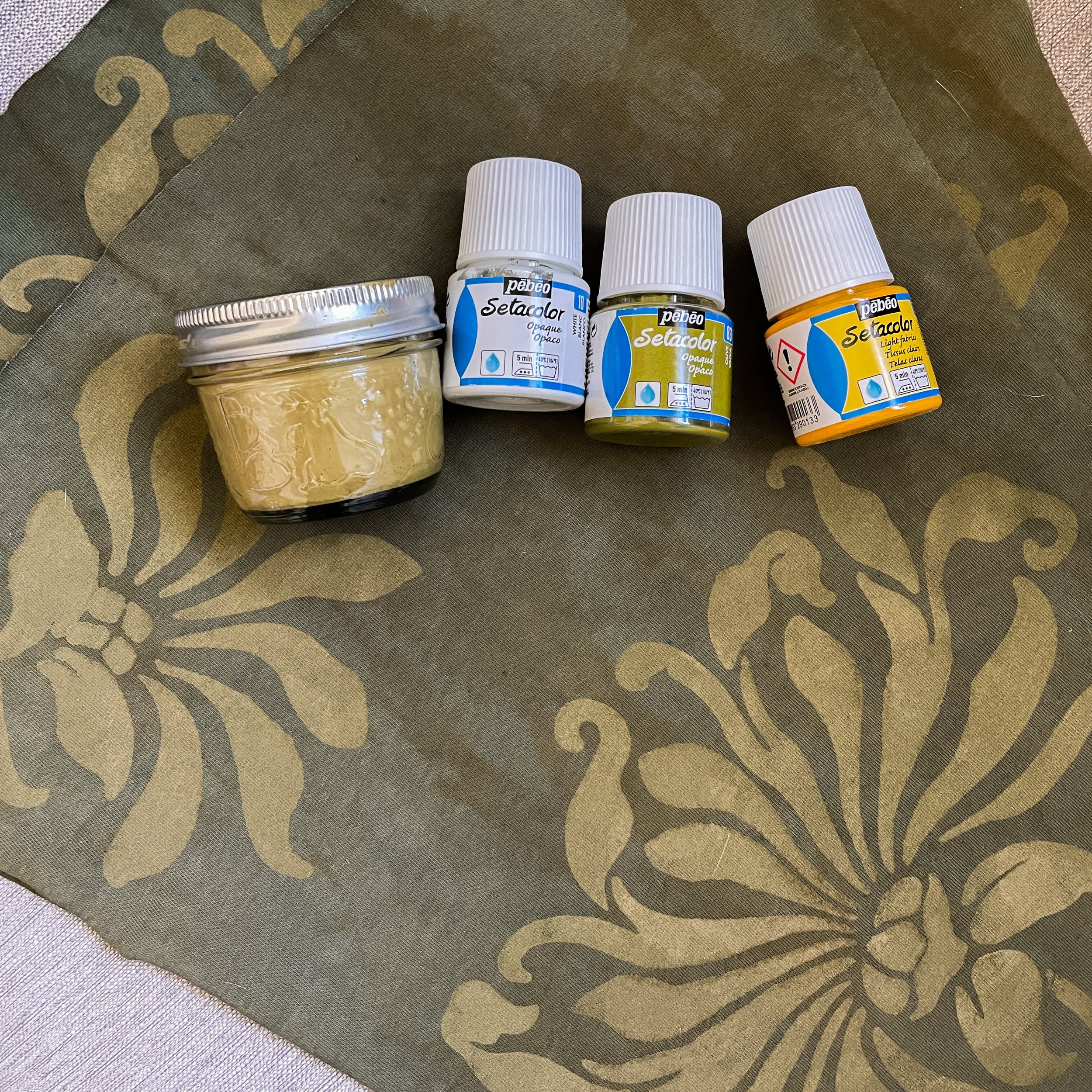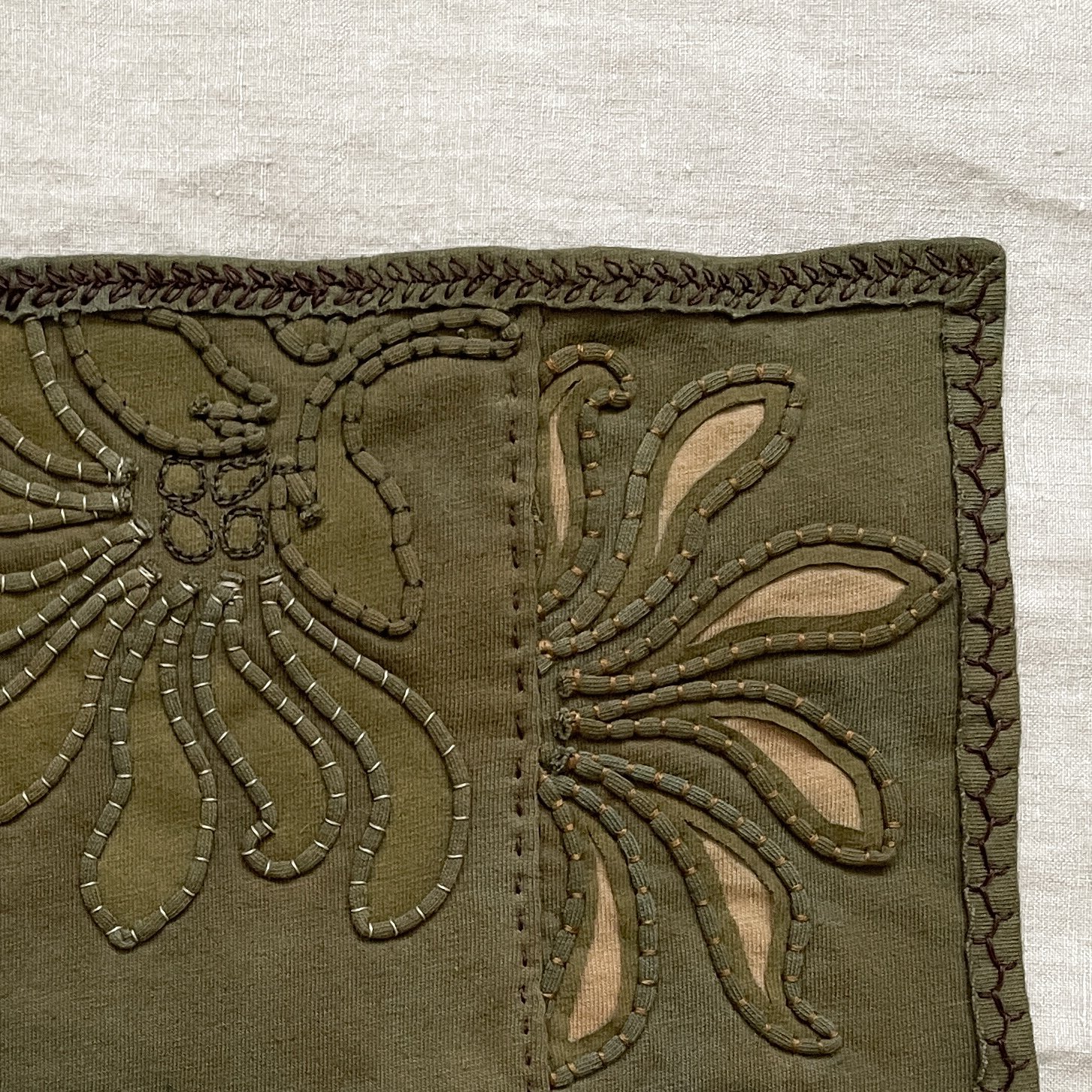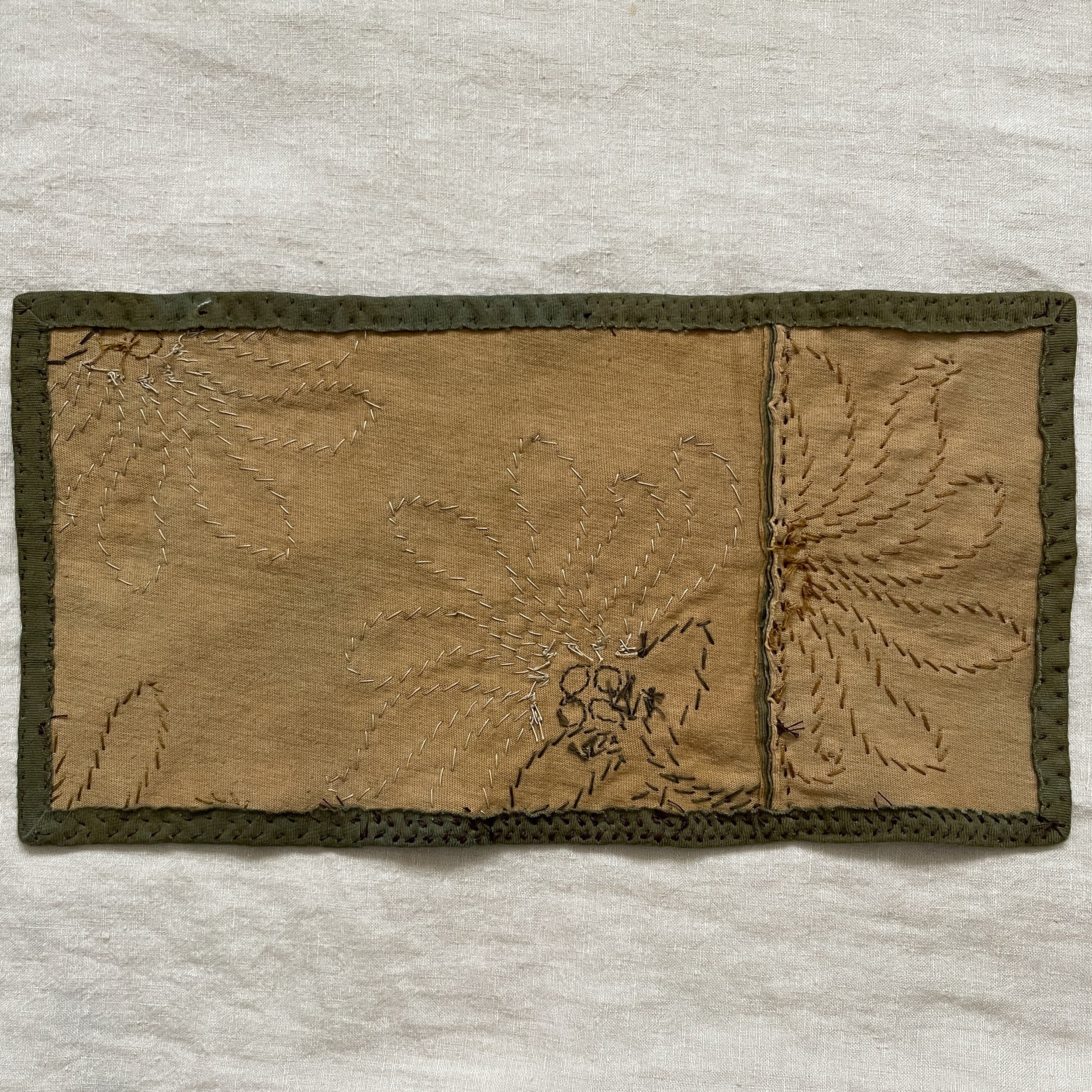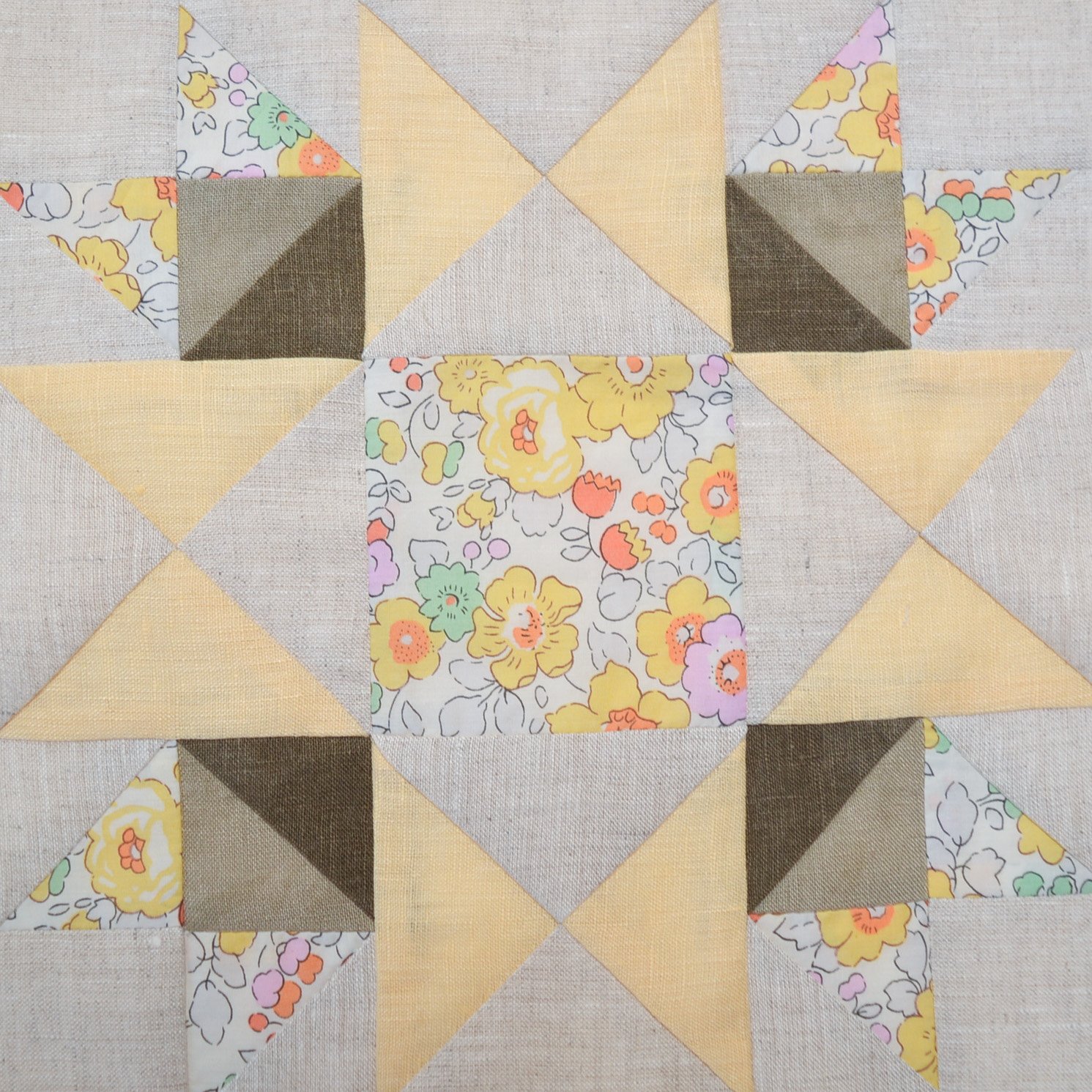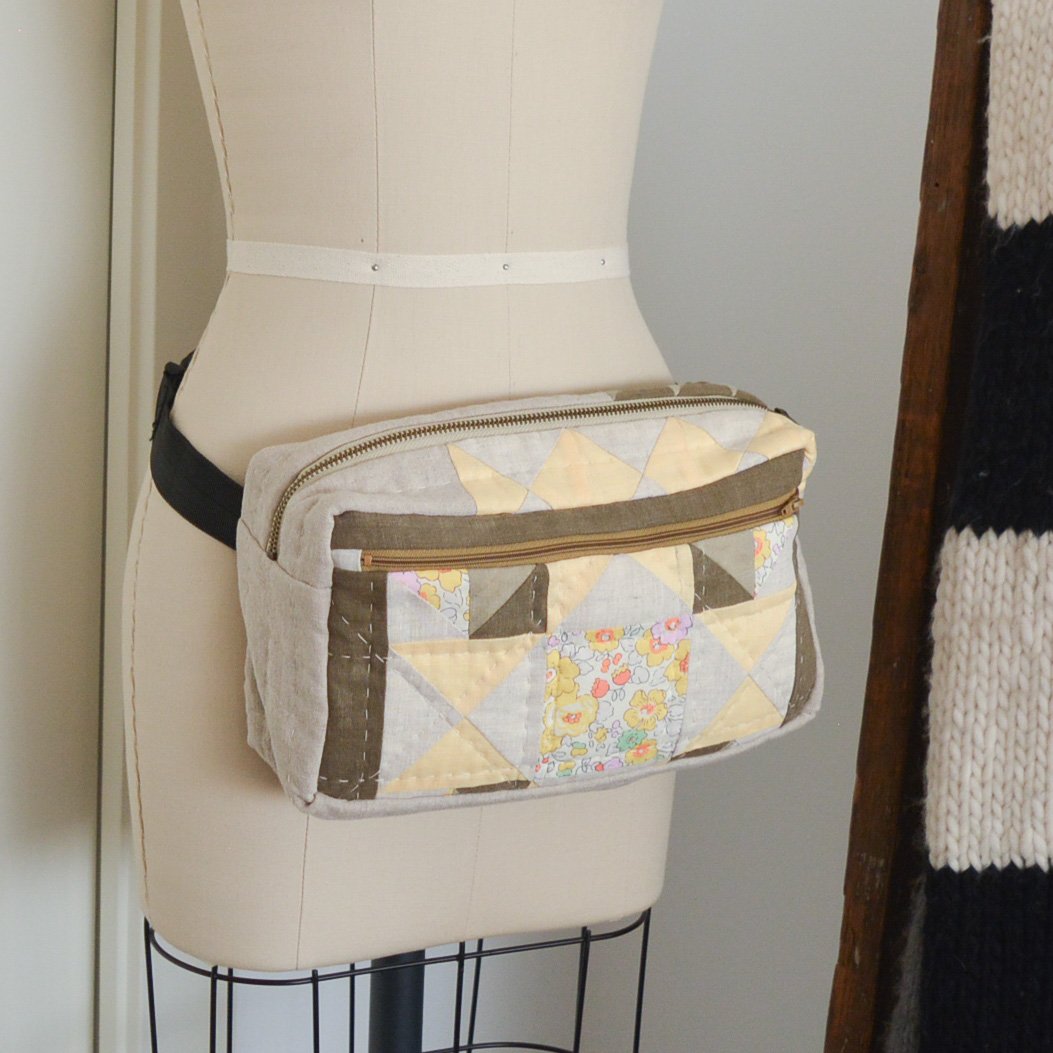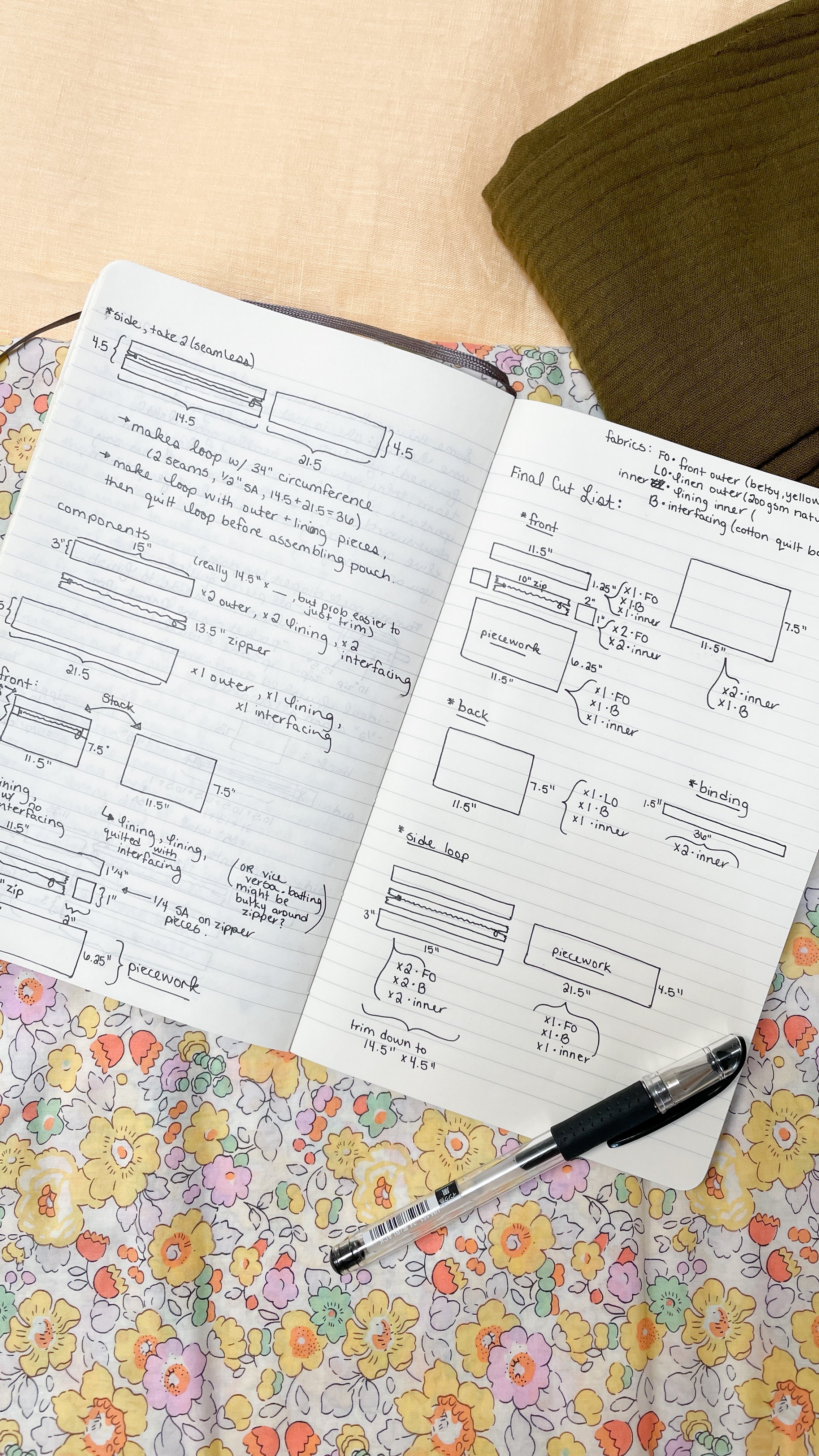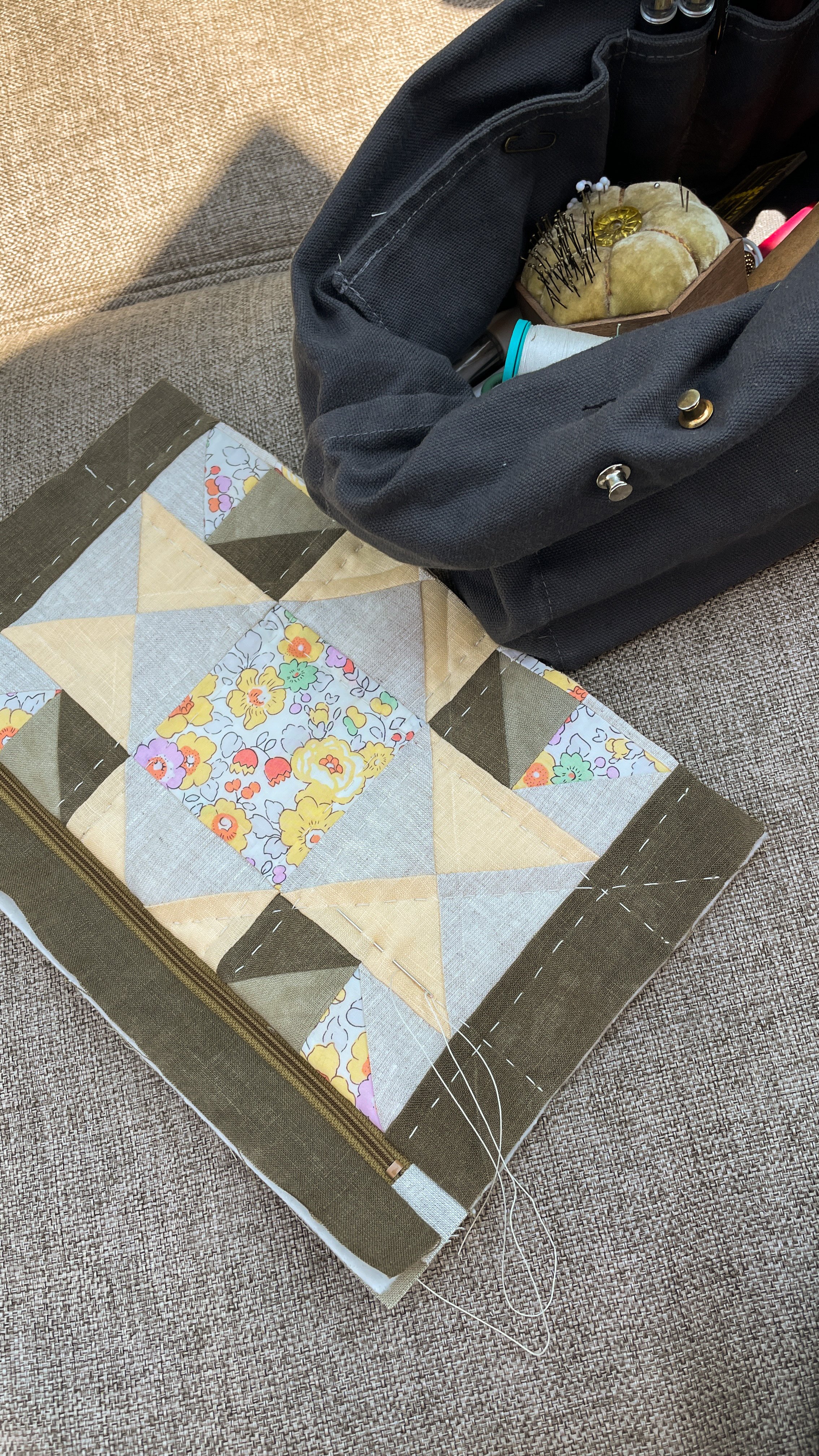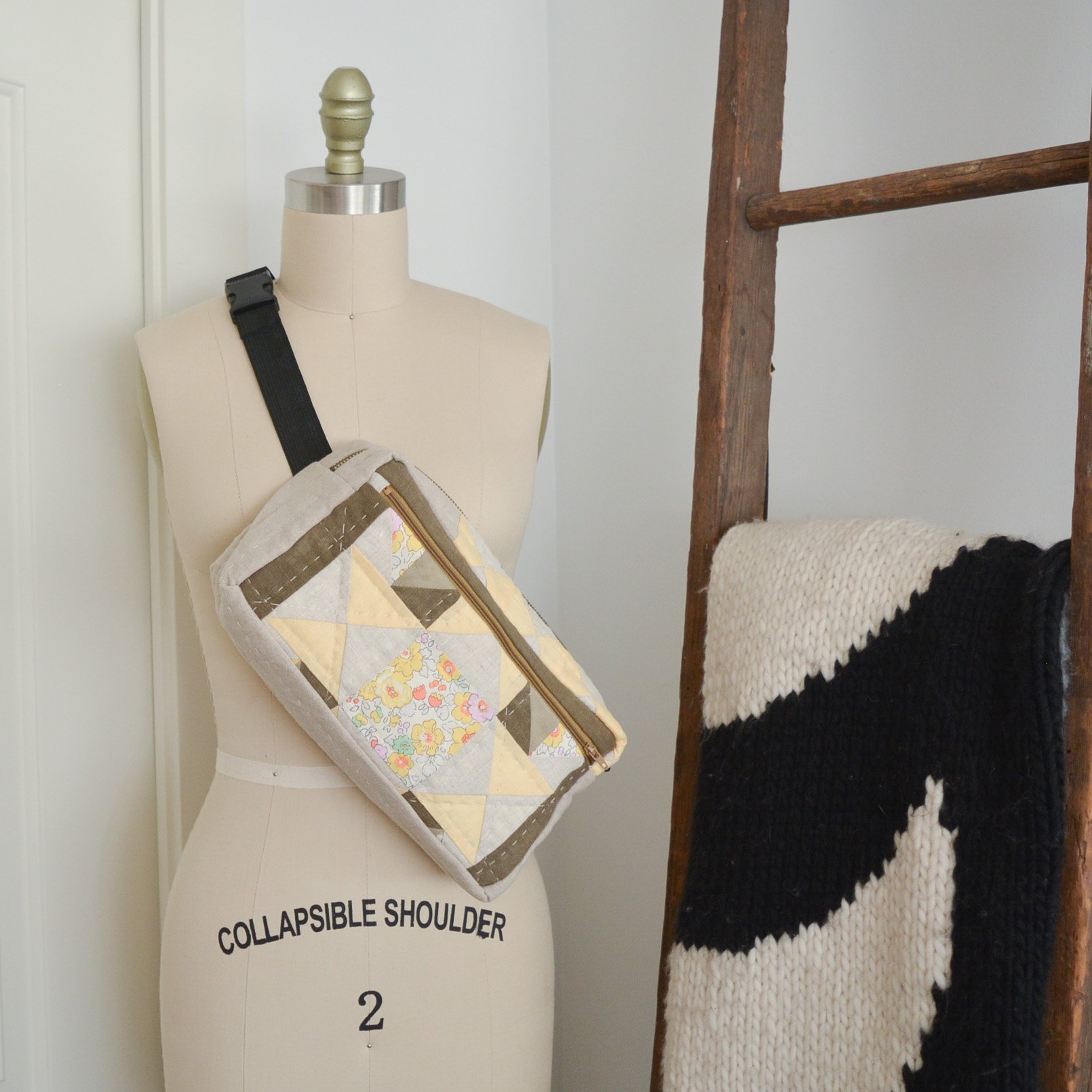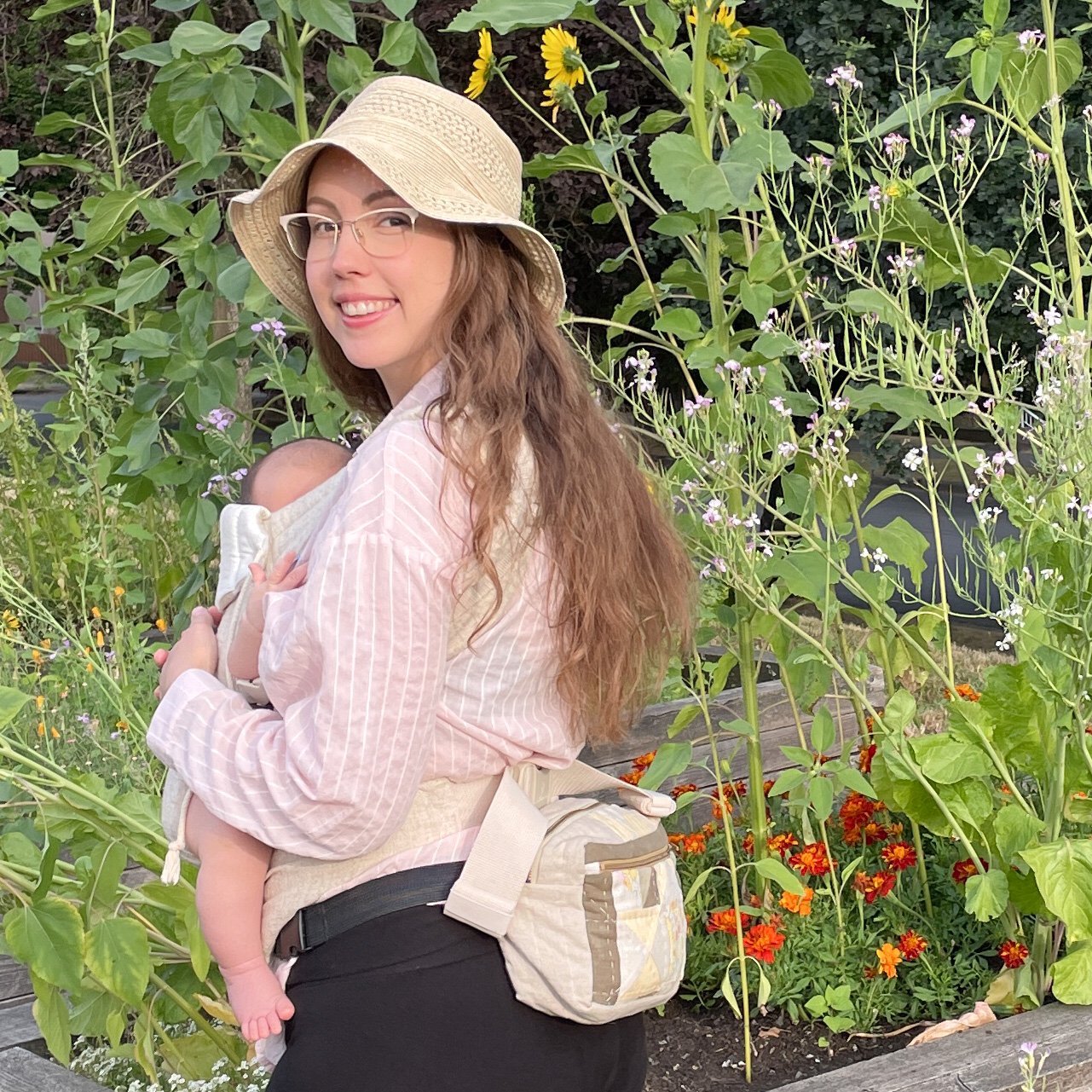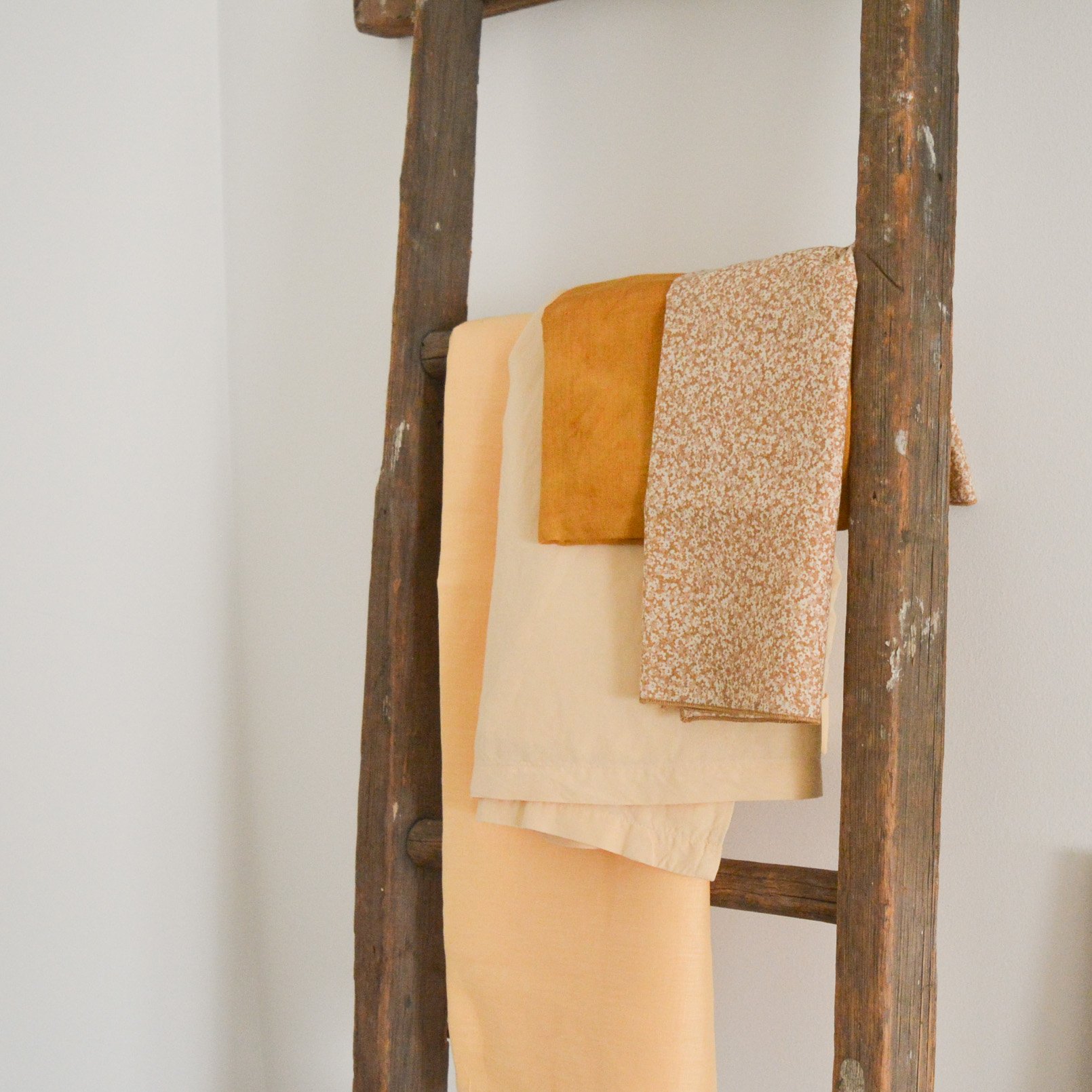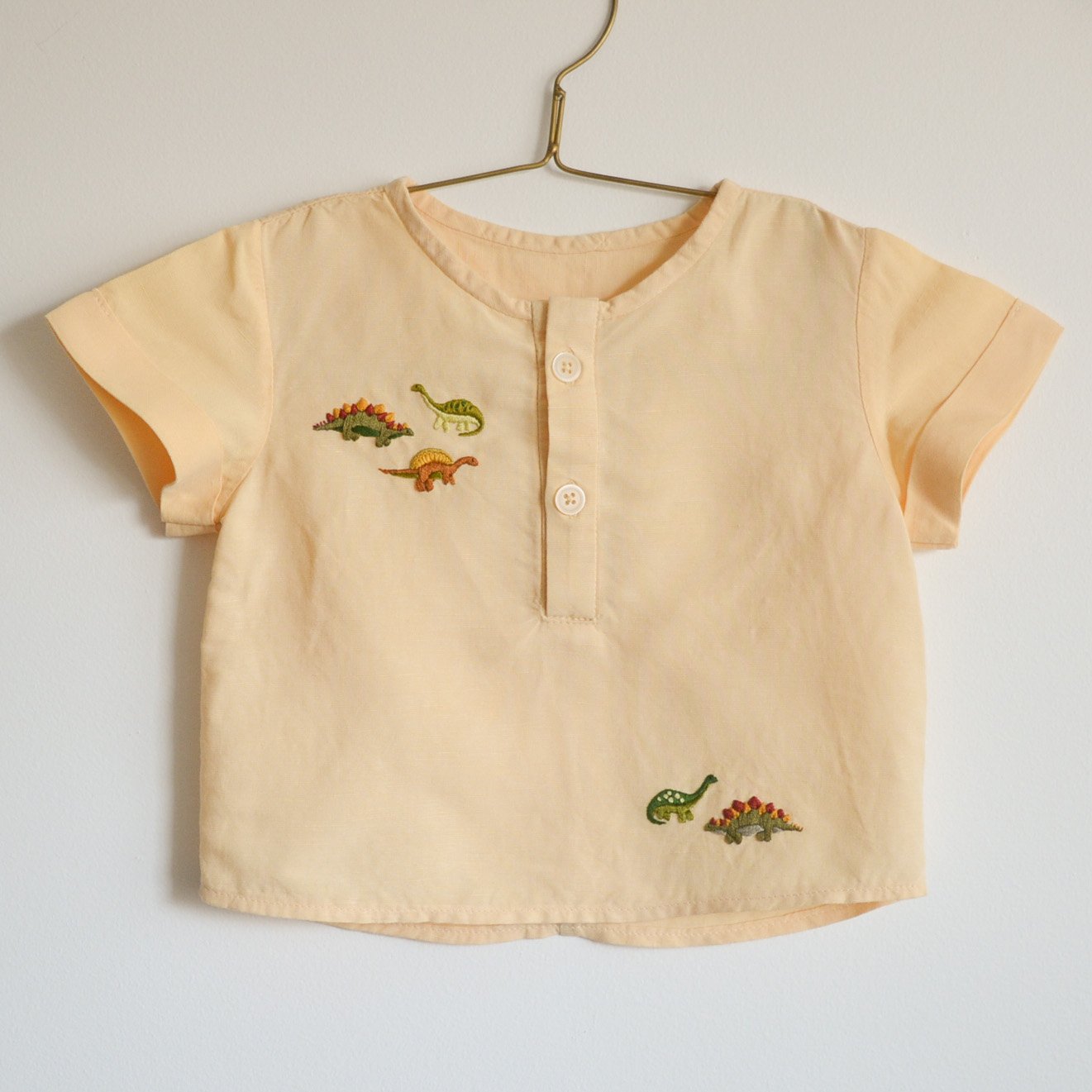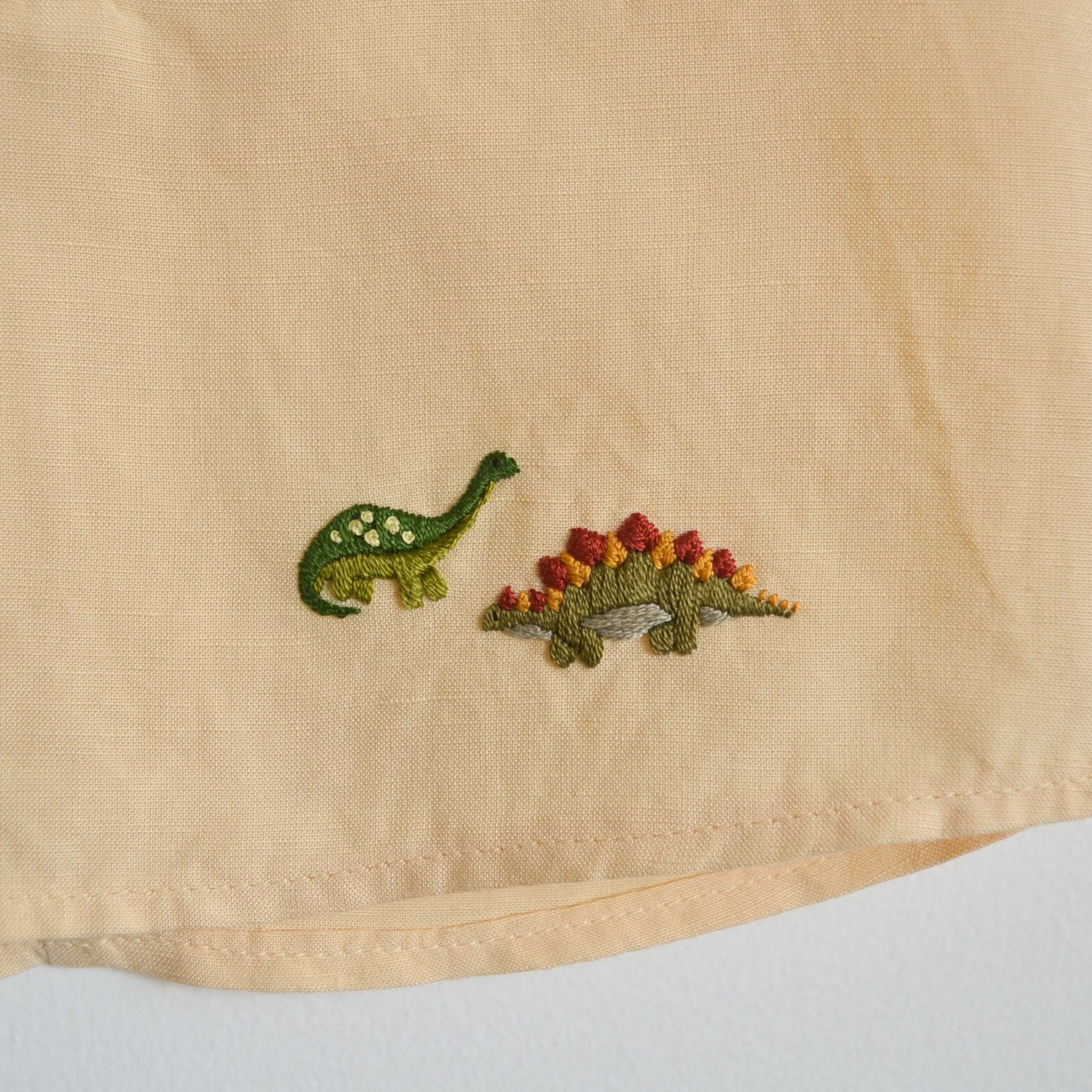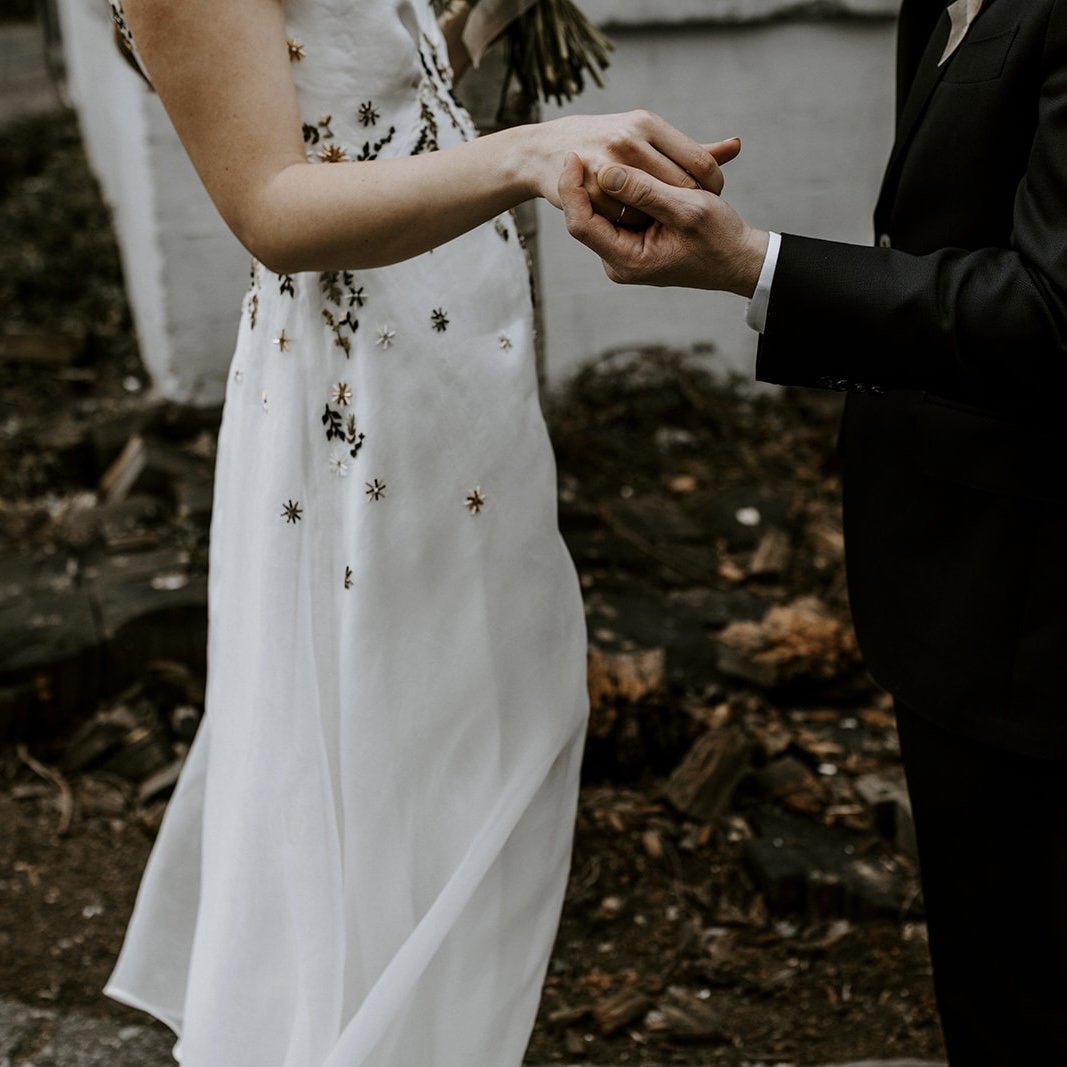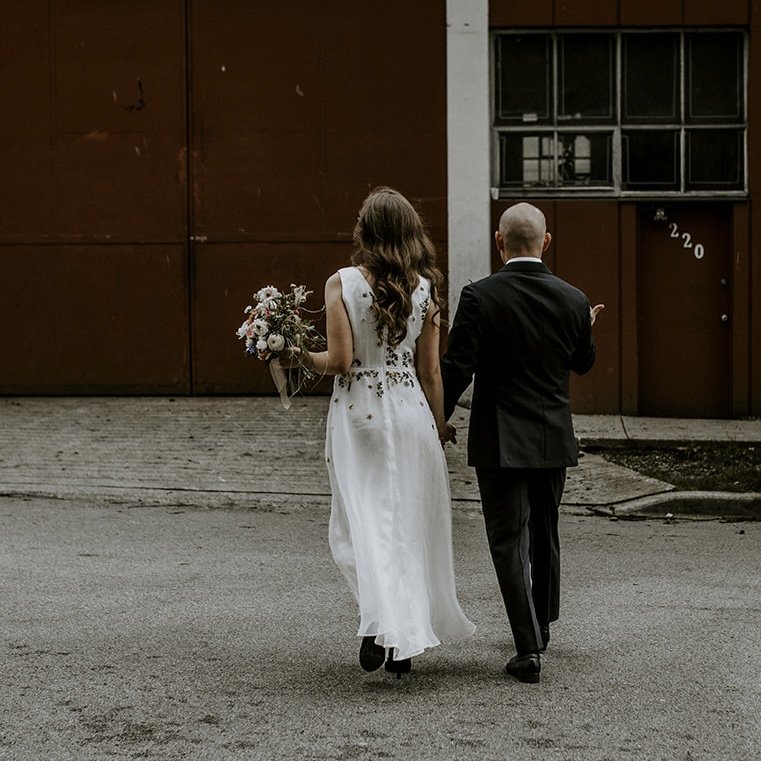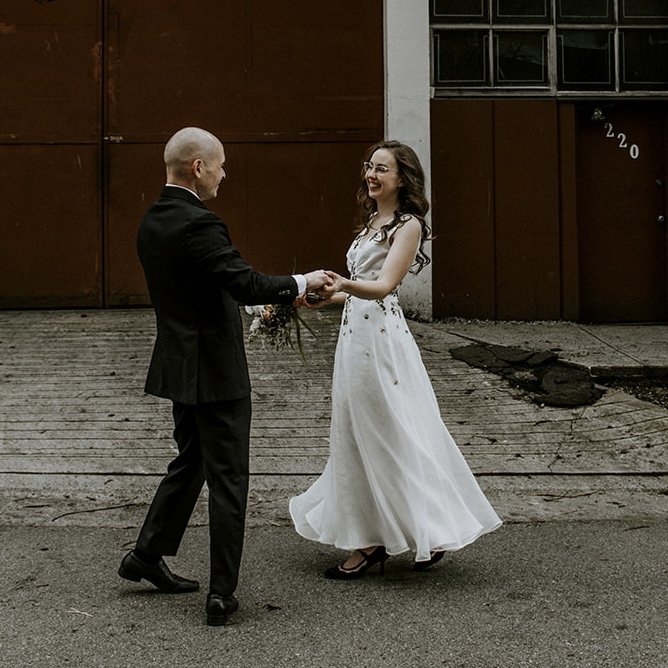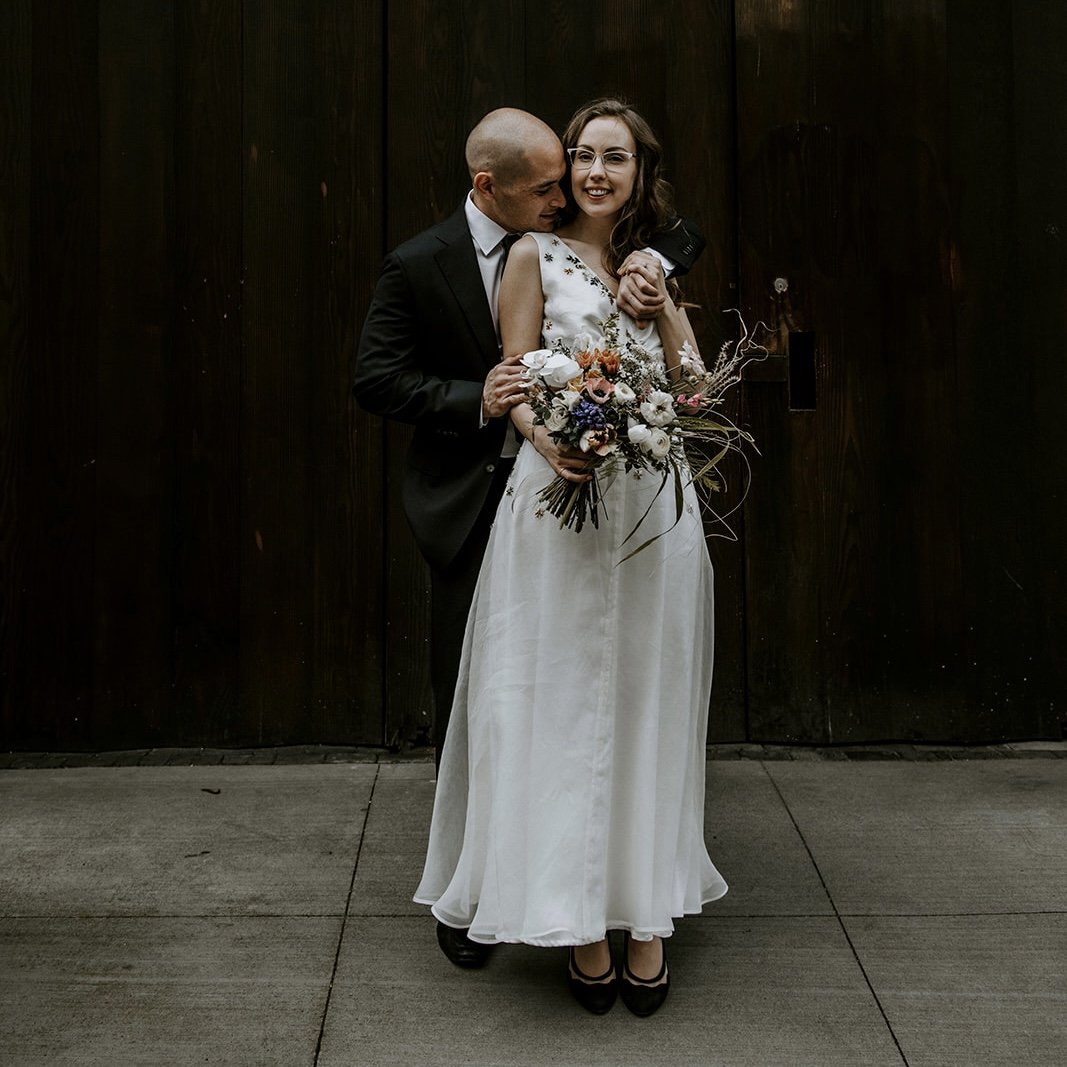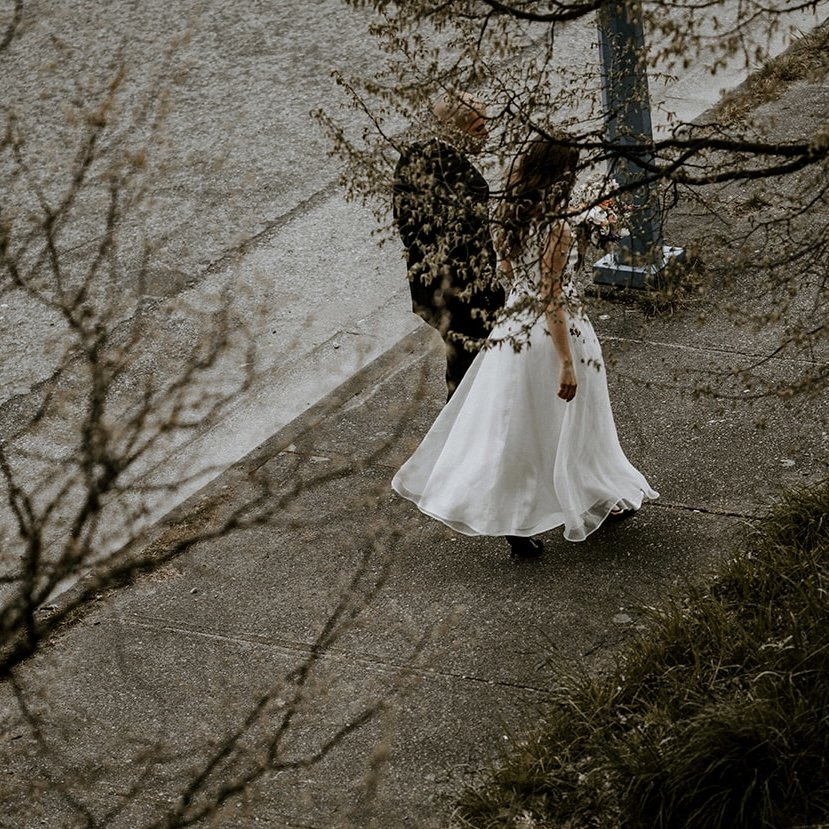My Sunshine Slip Dress: A Saltwater Slip Pattern Review
/So in my usual fashion this pattern review is very belated but I think I will twist that into a positive here: it gave me a chance to wear this dress for a full summer season so I can tell you some things I liked and some things I would change for next time.
This dress idea is not one that was in my project queue for a long time. I basically stumbled across a linen in a peachy yellow shade that just spoke to my heart, and I had to sew with it right away! There are a couple colours that are just like art to me. It sounds strange but I feel like I could just stare at some colours and they will illicit an emotional response, that is what this yellow is! So I impulse bought 3 meters of this linen when I saw it at the store and went straight home to brainstorm. Whatever this fabric was going to become was being pushed to the very top of my sewing queue.
I always keep a list of sewing patterns I want to get around to. I curate ideas quicker then I can sew them so I always have a few on stand-by to choose from. The Saltwater Slip from Friday Pattern Company is one I’ve been excited about since it came out. Simple, a great canvas for embroidery, and I love the bias binding and spaghetti strap details. A sunshine yellow linen slip dress sounded just perfect.
My projects tend to span the length of a season, so this one turned out to be my summer of 2022 project. I worked on it at the beach, on blankets in the park, and at home in the evenings. I added some pansy embroidery (my own pattern) and stitched the dress entirely by hand which made this project very portable. I added a hand stitched maker’s tag to the lining as well. I changed one major thing about the pattern, which was adding a gathered bust (following the ‘hack’ provided by the designer on their YouTube channel: watch here). I also added a cotton half slip lining to the dress, as the linen was a little see-through.
I think that after fully hand-stitching a few garments now, I’ve come to a sort of compromise on how I like to balance both the speed of the machine and the relaxing comfort and portability of hand stitching. Long side seams are better done on the machine, I can easily do them using the french seam method which is such a beautiful finish and just feels so much stronger then my hand-sewn straight seams. Personally I think gathering is worth it to do by hand, even if I am the only one who can tell the difference in the finished piece. I also like to attach bias binding with the machine and then whip-stitch it down by hand so that there is no visible top stitching. And I love the look and feel of a hand-stitched hem. Moving forward this is probably what my process will look like.
As for the fit of this pattern, I’m not sure I will make this again. The side seams of the pattern are curved to match the curves of the body, and as I didn’t make a mock-up the curves don’t actually hit where they should on my body. This could easily be fixed for next time, but I just don’t think a slip dress that only creates shape along side seams really makes sense if you’re looking for a tailored fit. A body is 3D, and so only shaping in a 2D way will never be the same as say, adding darts and shape all around. Especially because there are waist ties sewn into the side seams that pull the seams towards the back when tied, distorting the shape anyways. I think for future dresses if I want something more fitted I will try a pattern that uses bias cut fabric, and if I want something more drape-y I will choose a pattern with a gathered skirt, or a wrap dress, or just something straight cut from fabric that drapes nicely (that I can add a waist tie to if I want shape). Anyways for me I just think there are better options so I don’t think I will try to change this pattern to work for me in the future. Although I learned a lot and I will still wear this dress, it’s just not the perfect fit that feels like it will become a closet staple.
Pattern: Saltwater Slip from Friday Pattern Company

